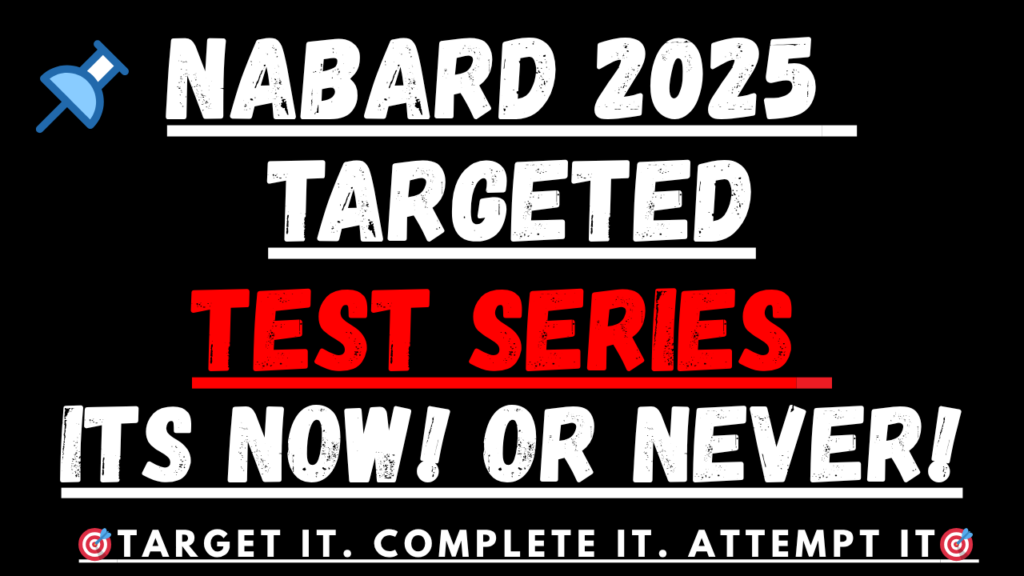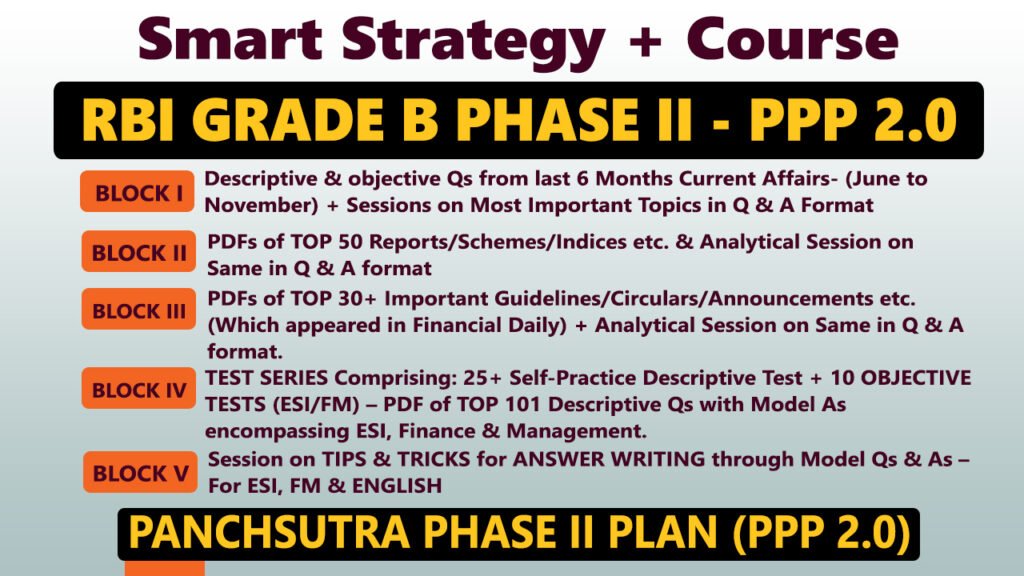Source: Mint
Context:
With UPI crossing 700 million daily transactions, questions arise on the need for a Central Bank Digital Currency (CBDC). Experts argue that the e-rupee can achieve financial inclusion, compliance, and efficiency in ways that UPI cannot.
e-Rupee (Digital Rupee)
e-Rupee is the digital version of India’s fiat currency (INR), issued and guaranteed by the Reserve Bank of India (RBI). It is legal tender and functions like physical cash but exists in electronic form.
Key Features:
- Issuer:
- Issued by RBI, ensuring trust and stability.
- Forms:
- e-Rupee for Retail (e-R): For individuals and businesses.
- e-Rupee for Wholesale (e-W): For interbank transactions and large-value settlements.
- Purpose:
- Reduce cash dependency.
- Promote financial inclusion and digital payments.
- Lower transaction costs and improve efficiency.
- Technology:
- Can be held in digital wallets or bank accounts.
- Supports peer-to-peer (P2P) and merchant payments.
- Legal Status:
- Fully backed by the Government of India and RBI, making it equivalent to physical rupees.
- Benefits:
- Faster, secure, and traceable payments.
- Reduces black money circulation.
- No interest on holdings, but minimal transaction costs.
Cryptocurrency vs e-Rupee
| Feature | Cryptocurrency | e-Rupee (Digital Rupee) |
|---|---|---|
| Issuer | Decentralized, created by private entities | Centralized, issued by RBI |
| Legal Status in India | Not legal tender; investment allowed | Legal tender, backed by RBI |
| Value Stability | Highly volatile; depends on market demand | Stable; 1 e-Rupee = 1 INR |
| Underlying Technology | Blockchain, decentralized ledger | Digital ledger, controlled by RBI (CBDC) |
| Purpose | Investment, trading, peer-to-peer transfer | Digital payments, financial inclusion, faster settlements |
| Regulation | Partially regulated; no government guarantee | Fully regulated; government-backed |
| Interest / Incentives | None inherently | FD or bank account may earn interest (depends on storage method) |
| Risk | High (market risk, fraud, scams) | Low (regulated, government-backed) |



















